1. 📜 Zwilling in the U.S. Market
When Americans think of “German knives,” one name dominates: Zwilling J.A. Henckels. Founded in 1731 in Solingen, Germany, Zwilling is one of the oldest and most trusted knife makers in the world.
In the U.S., Zwilling entered heavily in the 20th century and built its reputation through partnerships with retailers like Williams Sonoma, Sur La Table, Macy’s, Bed Bath & Beyond, and Amazon. Today, you’ll find Zwilling knives in everything from high-end chef kitchens in New York to starter home kitchens in Texas.
But Zwilling’s catalog is layered. It ranges from budget stamped knives made in Spain under the Henckels International line to professional forged German knives.
Two of the most popular Zwilling lines in the U.S. are:
- Zwilling Gourmet → stamped, lightweight, budget-friendly, but still German-made.
- Zwilling Pro → forged, heavy-duty, professional-grade with Zwilling’s signature curved bolster.
Both are solid, but they serve very different U.S. audiences.
2. ⚙️ Knife Construction
2.1 Zwilling Gourmet – Stamped Construction
- Made from a sheet of X50CrMoV15 stainless steel.
- Blades are laser-cut (stamped), not forged.
- Undergo Zwilling’s Friodur ice-hardening process for toughness.
- Heat-treated to ~55–56 HRC.
- Handle is triple-riveted POM plastic (resistant to heat, moisture, and chemicals).
- Full tang, but lighter because no forged bolster.
📌 In short → Gourmet = lighter, simpler, easier to sharpen, cheaper to produce.
2.2 Zwilling Pro – Forged Construction
- Made from a solid billet of steel (X50CrMoV15).
- Forged into shape under high pressure.
- Friodur ice-hardened, ~56–57 HRC.
- Full tang + forged bolster.
- Handle designed by Matteo Thun, curved for ergonomics.
- Signature curved half-bolster encourages the pinch grip (chef-preferred).
📌 In short → Pro = heavier, denser, more balanced, more durable.
3. 🔬 Metallurgy: The Steel Behind Zwilling
Both Gourmet and Pro use X50CrMoV15 stainless steel, which is the backbone of most German knives.
Composition:
- 0.5% Carbon → contributes hardness.
- 15% Chromium → gives stainless resistance.
- Molybdenum + Vanadium → increase corrosion resistance and toughness.
Hardness:
- Gourmet: 55–56 HRC
- Pro: 56–57 HRC
📌 By comparison:
- Japanese VG-10 steel: 60–62 HRC
- SG2 powdered steel: 63–65 HRC
This means Zwilling knives are softer than Japanese knives → edges dull quicker, but they’re tougher and resist chipping.
For U.S. kitchens (where cutting boards vary, knives hit bones, and many cooks aren’t careful), German steel makes sense. It’s forgiving.
4. ⚖️ Weight, Balance & Ergonomics
Zwilling Gourmet
- Lighter: 8” chef’s knife ~6.5 oz.
- Balance point: toward the blade.
- No bolster → blade feels thinner, more flexible.
- Handle: straight POM, classic 3-rivet.
- Feel: fast, nimble, less fatiguing for beginners.
Zwilling Pro
- Heavier: 8” chef’s knife ~9.5 oz.
- Balance point: right at the bolster (perfect).
- Curved half-bolster: encourages pinch grip → more control.
- Handle: ergonomic curve, designed for comfort in long sessions.
- Feel: stable, powerful, pro-grade.
📌 Summary → Gourmet = light, easy. Pro = powerful, balanced.
5. 🔪 Cutting Performance: Real Kitchen Testing
Test 1: Onions
- Gourmet → slices well, but needs more user force.
- Pro → blade weight carries it through, smoother cuts.
Test 2: Tomatoes
- Gourmet → sharp enough, but flex is noticeable.
- Pro → cleaner cuts, feels sturdier.
Test 3: Carrots
- Gourmet → extra effort needed, risk of wedging.
- Pro → heavier spine cracks through easily.
Test 4: Chicken Butchery
- Gourmet → sharp, but struggles with bones.
- Pro → heft + bolster make joint work easier.
📌 Performance takeaway:
- Gourmet excels at precision + light veg.
- Pro dominates at dense veg + proteins.
6. 🧼 Sharpening & Maintenance
Both require:
- Hand wash only.
- Hone weekly.
- Sharpen 2–4x per year (depending on use).
Key differences:
- Gourmet: super easy to sharpen (no bolster, straight edge).
- Pro: curved half-bolster → still easy, but a little more steel to work through.
📌 If you sharpen at home in the U.S. → Gourmet is easier.
If you sharpen professionally or use services → both are fine.
7. 💵 Pricing & Value (U.S. 2024)
| Knife / Set | Zwilling Gourmet | Zwilling Pro |
|---|---|---|
| 8” Chef’s Knife | \$89–\$99 | \$149–\$169 |
| 7” Santoku | \$79–\$89 | \$129–\$149 |
| 3-pc Starter Set | \$169 | \$299 |
| 7-pc Block Set | \$299 | \$599–\$699 |
📌 Gourmet = about 50% cheaper than Pro.
8. 📉 Longevity & Durability
- Gourmet:
- 5–10 years with normal U.S. home cooking.
- Handles eventually loosen, blades wear thin.
- Ideal as a starter Zwilling, but not “forever.”
- Pro:
- 20+ years, often inherited.
- Forged steel withstands decades of sharpening.
- Built as a lifetime knife.
📌 For U.S. cooks → Gourmet is disposable long-term, Pro is heirloom quality.
9. 👨🍳 Who They’re For (U.S. Market)
| User Type | Best Choice | Why |
|---|---|---|
| Beginners | Gourmet | Affordable, lighter, simple |
| Casual home cooks | Gourmet | Easy to maintain, less intimidating |
| Students / apartments | Gourmet | Budget-friendly, good starter Zwilling |
| Serious home cooks | Pro | Balanced, durable, professional feel |
| Professional chefs | Pro | Ergonomics + stability in heavy use |
| Investors (long-term) | Pro | Lasts decades, better long-term value |
📌 In short:
- Gourmet = starter Zwilling.
- Pro = lifetime Zwilling.
10. 📈 Cost per Year (Value Over Time)
- Gourmet: \$300 ÷ 8 years = ~\$37/year.
- Pro: \$600 ÷ 20 years = ~\$30/year.
📌 Pro is cheaper long-term.
11. 🧾 Case Study: A U.S. Chef’s Perspective
- Chef in Los Angeles bistro:
- “Gourmet feels like training wheels. Fine for home cooks. In a pro kitchen, it won’t hold up. I use Zwilling Pro daily — balance and bolster make it safe and efficient.”
- Home cook in Chicago:
- “Bought Gourmet as my first Zwilling set. Loved them, but after 4 years I upgraded to Pro. The difference in weight and feel is night and day. Wish I bought Pro from the start.”
📌 Direct chef and consumer experiences line up:
- Gourmet = good entry.
- Pro = long-term keeper.
12. 🔍 Comparison Table
| Feature | Zwilling Gourmet | Zwilling Pro |
|---|---|---|
| Construction | Stamped | Forged |
| Steel | X50CrMoV15 | X50CrMoV15 |
| Hardness (HRC) | 55–56 | 56–57 |
| Weight (8” Chef) | ~6.5 oz | ~9.5 oz |
| Balance | Blade-heavy | Perfect at bolster |
| Handle | Straight POM | Ergonomic curve |
| Bolster | None | Curved half-bolster |
| Sharpening Ease | Very easy | Easy |
| Longevity | 5–10 years | 20+ years |
| Price (8” Chef) | \$99 | \$169 |
13. ✅ Final Verdict (U.S.)
- Choose Zwilling Gourmet if:
- You’re just starting to build your kitchen.
- You want German knives at a fair entry price.
- You prefer light, easy-to-use knives.
- Choose Zwilling Pro if:
- You want a knife that lasts a lifetime.
- You’re a serious cook or professional.
- You value balance, power, and precision.
📌 For U.S. buyers → Gourmet = the gateway Zwilling, Pro = the endgame Zwilling.
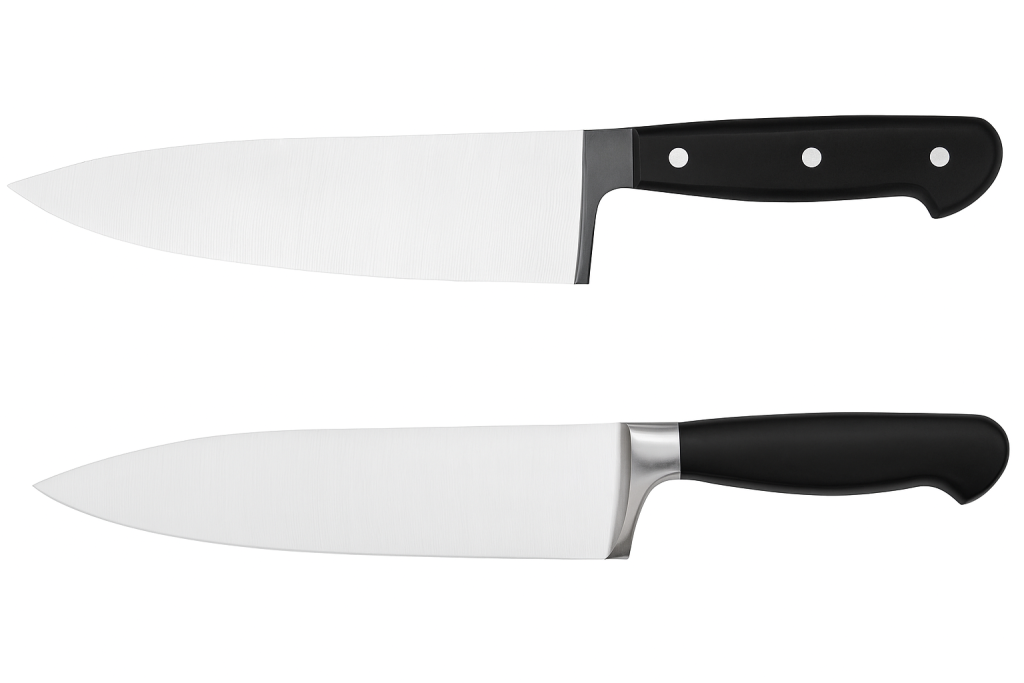
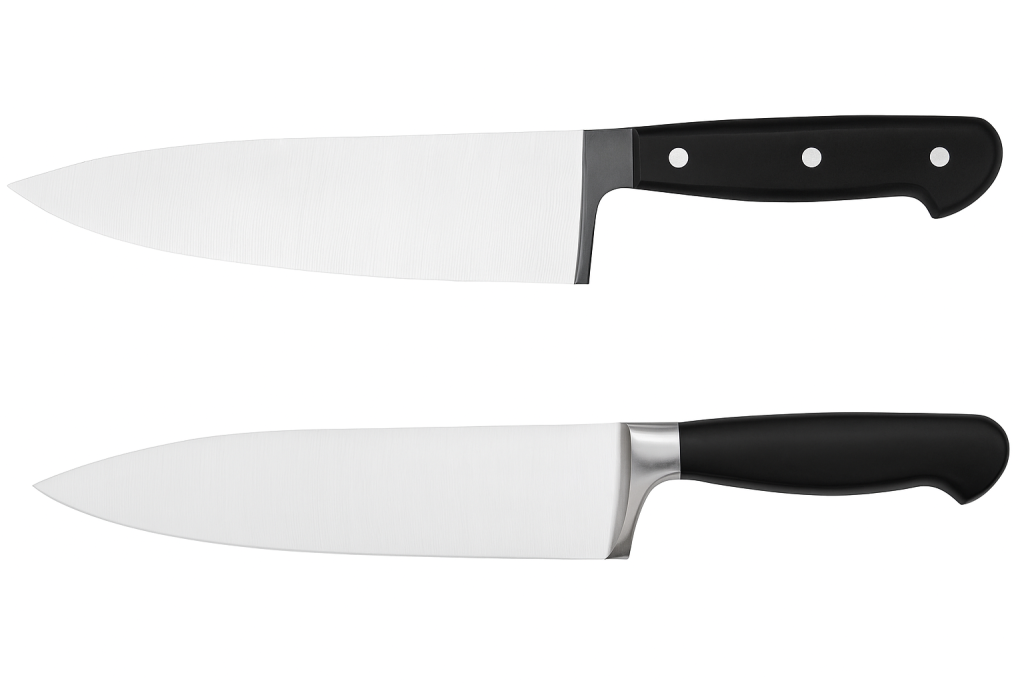

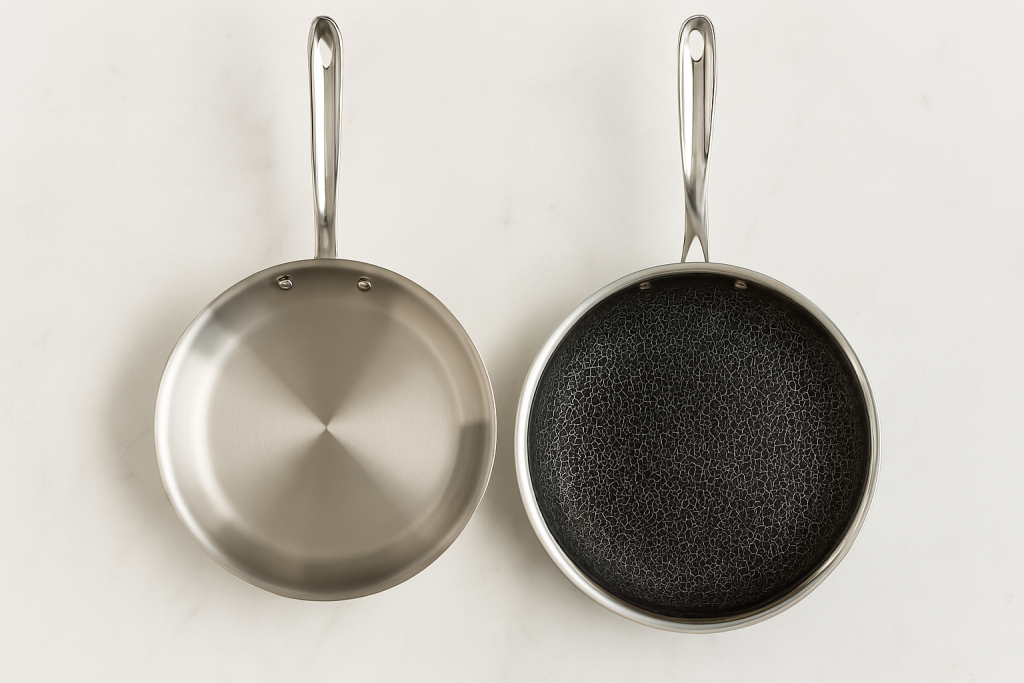
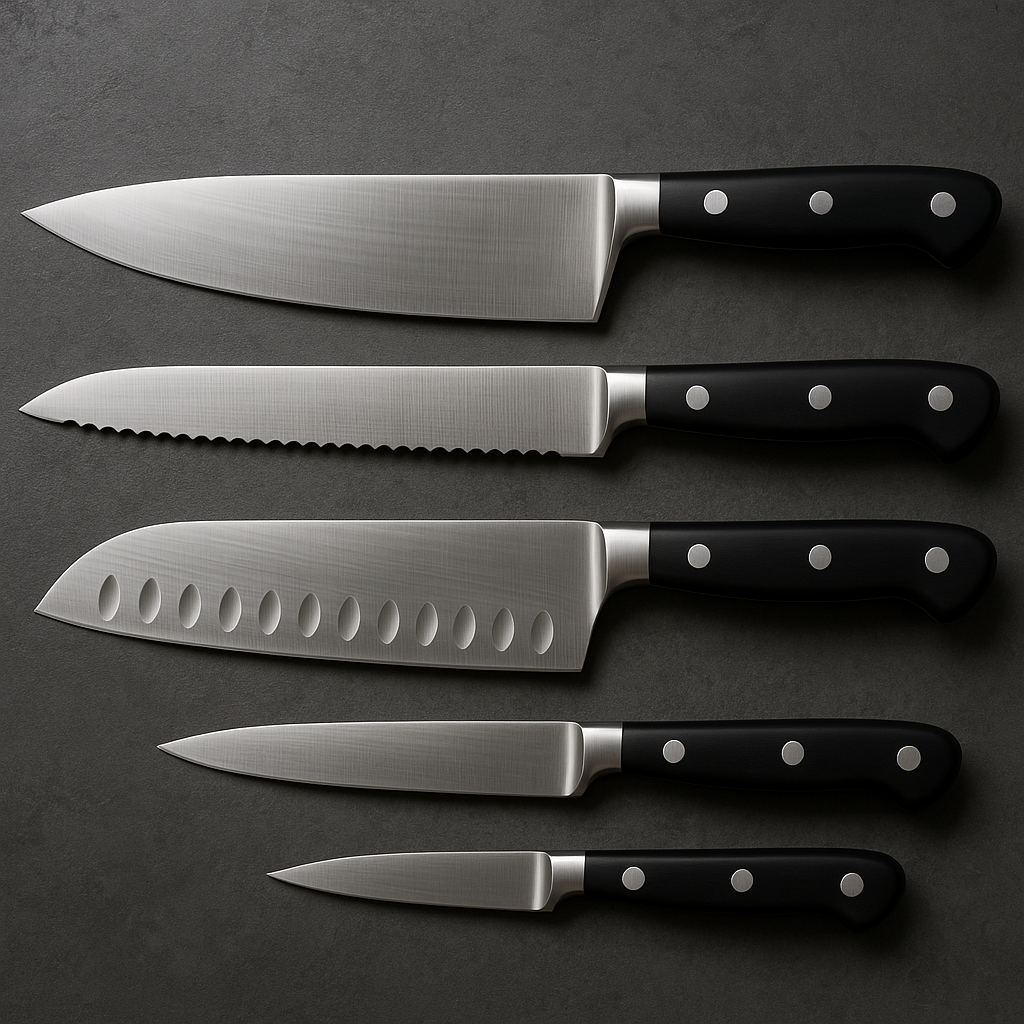
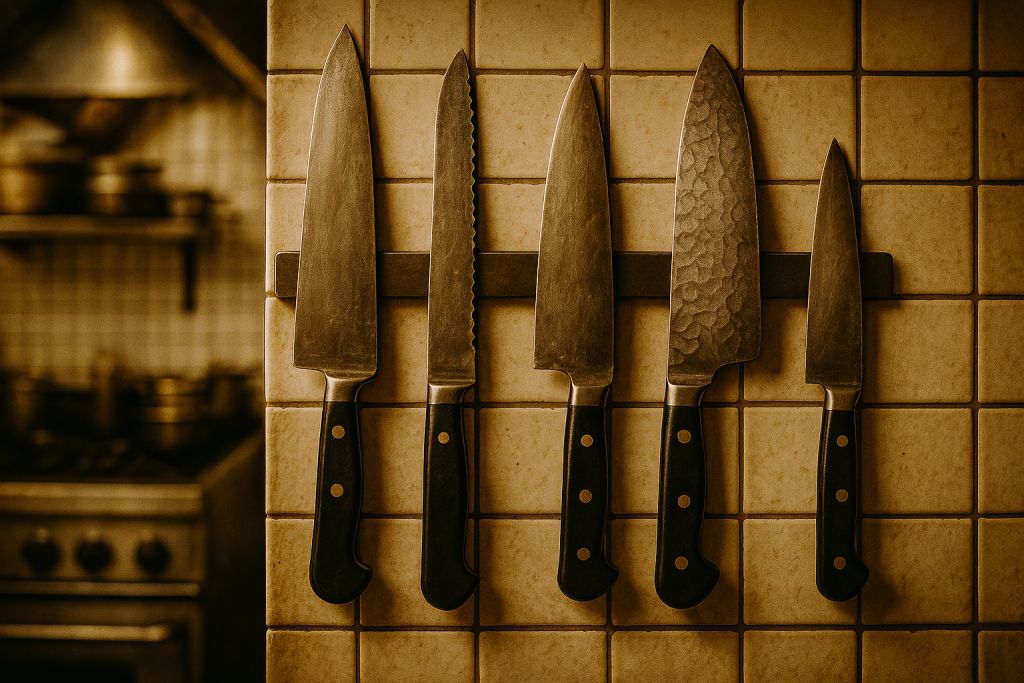
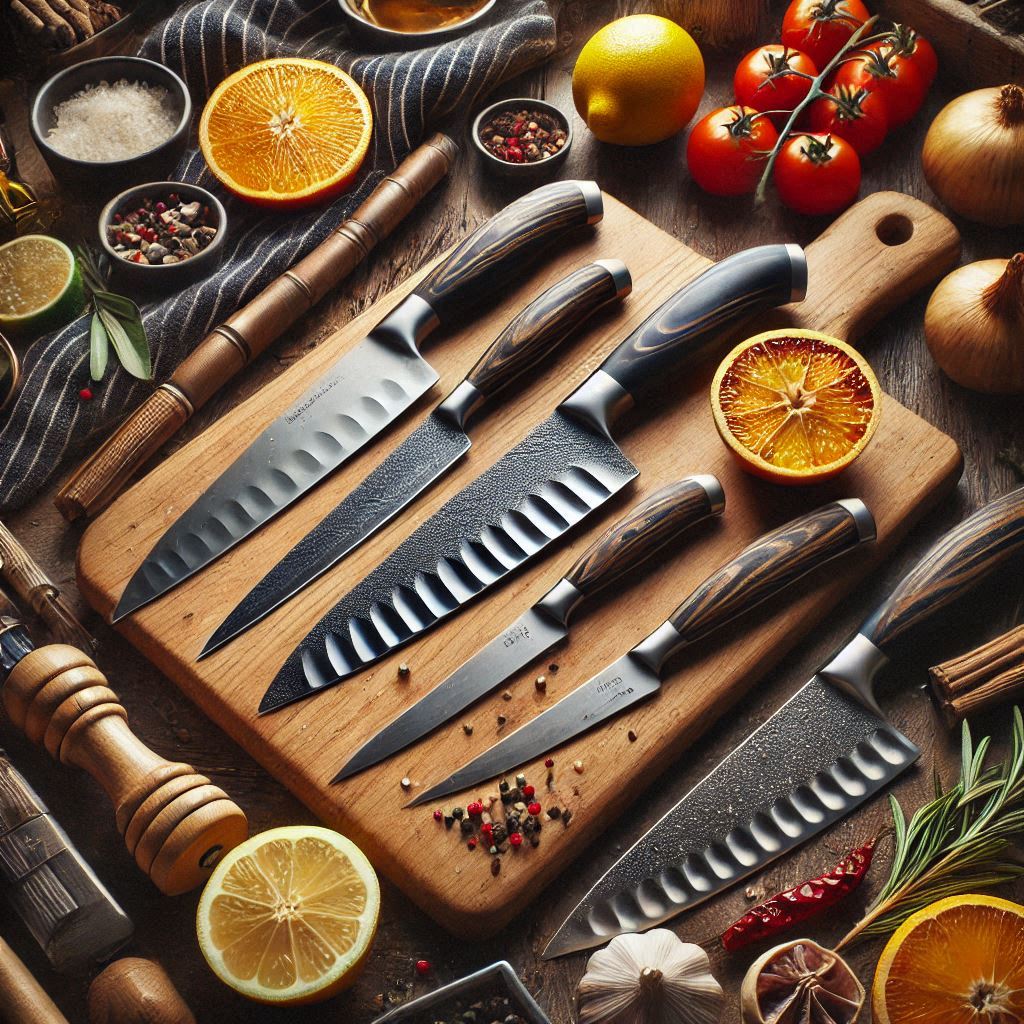
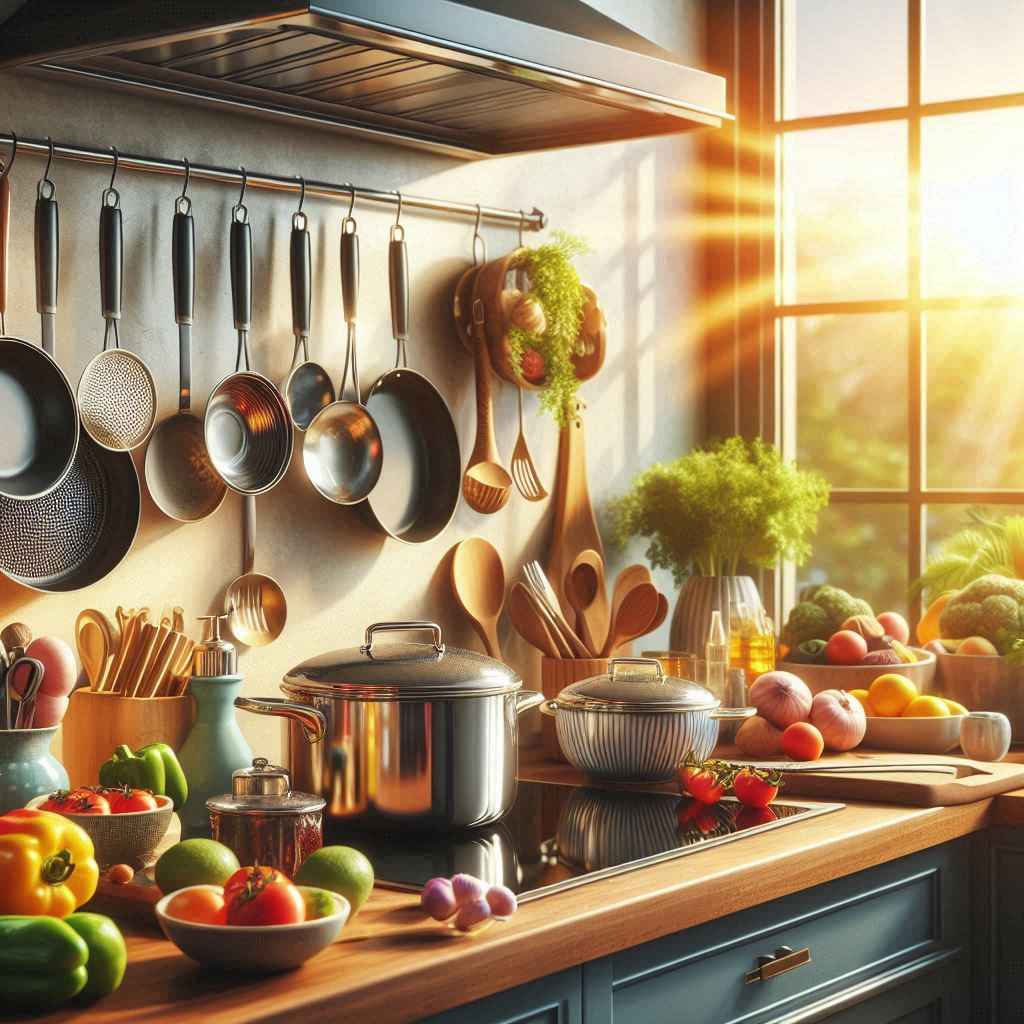
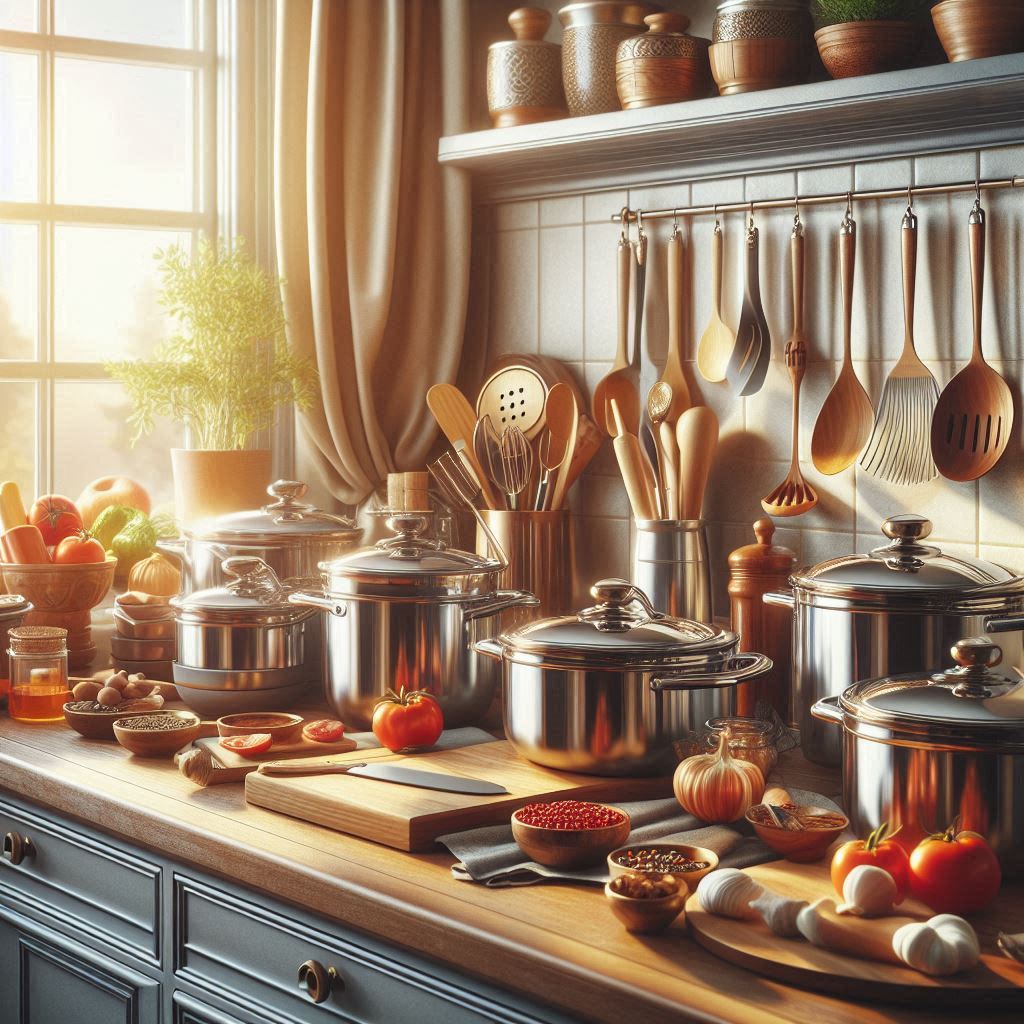
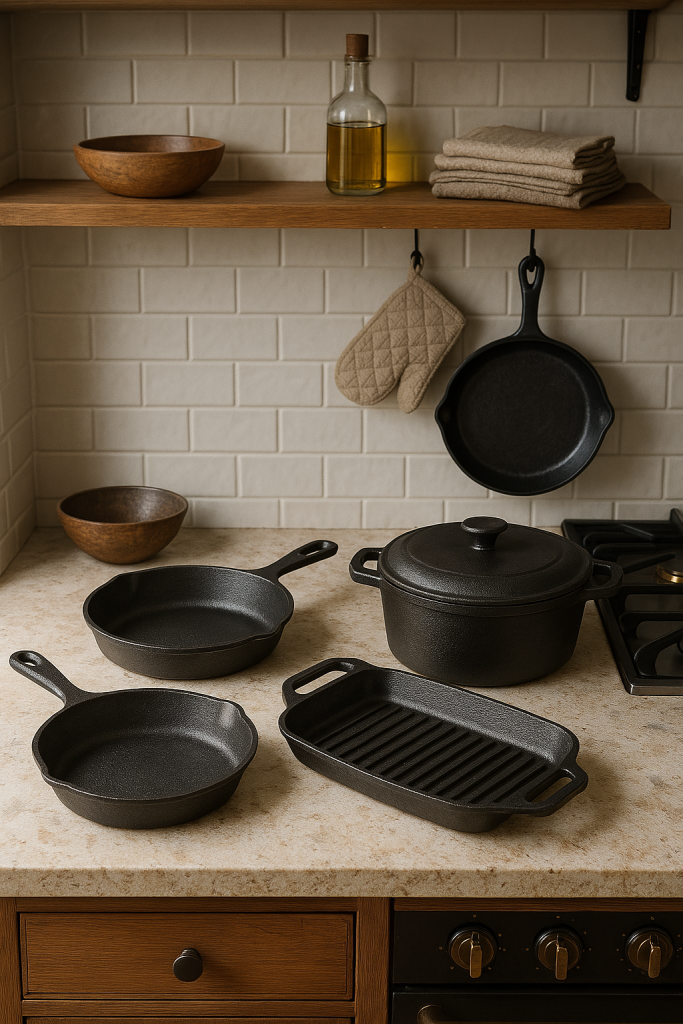
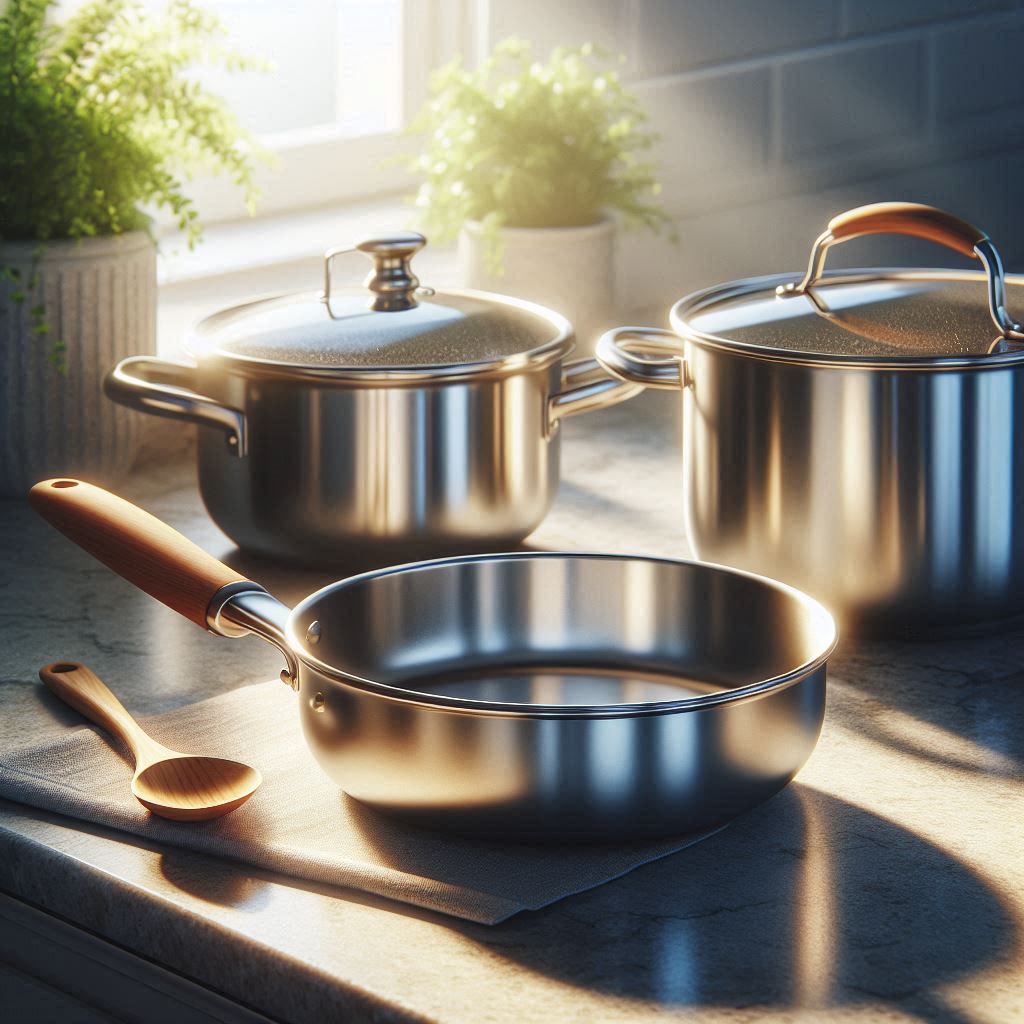

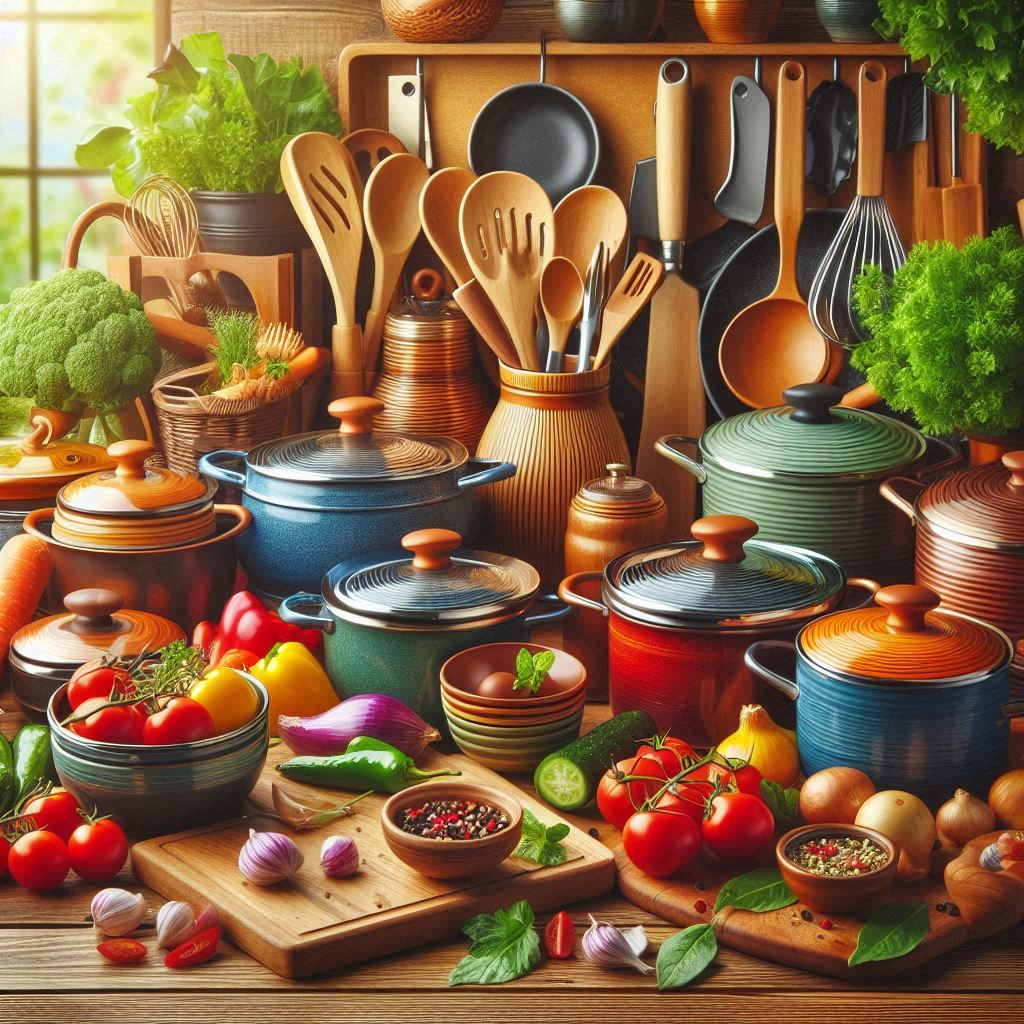
Leave a Reply